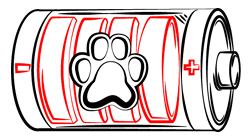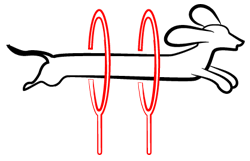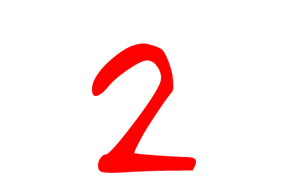
Paws ‘N’ Pups Quickview
Size
| Energy Level
| Trainability
| Paws ‘N’ Pups Rank
|
Characteristics
| Physical Characteristics: Height: 23-32” Weight: 55-110 lbs. Energy Level: High | Colors: The Northern Inuit is found in the following colors:
|
Health & Longevity
Average Life Span: 12-14 years
The Northern Inuit is considered to be a healthy breed and does not have a lot of health problems. It is important to avoid breeders who do not have a real history or those who breed poor quality dogs, as your puppy may inherit a congenital disease.
The most common conditions affecting the Northern Inuit include hip dysplasia, cataracts, and epilepsy.
Hip dysplasia is a concern in the Northern Inuit. This condition occurs when the hip joint is deformed, or it does not fit into the socket correctly. This causes the cartilage on the joint to wear down quickly, which then places too much pressure on the hip joint. Dogs who suffer from this condition will have a hard time getting up and laying down.
Cataracts can occur in your Northern Inuit, and they are a small section of opacity in your dog’s eye. The cataract sits in the way and blocks your dog’s vision, making it blurry and difficult to see. If a cataract continues to grow, it will eventually block out the entire eye and leave your dog blind. Cataracts can occur in one or both of your dog’s eyes.
Lastly, your Northern Inuit may have epilepsy. Seizures in dogs can happen, and they are usually caused by some underlying factor, but the condition can be inherited. Seizures range in severity from mild to violent.
The life expectancy of the Northern Inuit is 12 to 14 years.
Temperament & Train-ability
The Northern Inuit is often described as intelligent, playful, and witty. While this breed does resemble a wolf in appearance, you do not have to worry about an aggression problem. Your Northern Inuit will be gentle with your children and accept them in the home along with other pets. In fact, these puppies should be kept together in twos to prevent separation anxiety.
This breed is extremely friendly and likes to socialize, so it is important that you take them to dog parks to meet other dogs.
With quick wit and intelligence, this breed is definitely one to keep your eye on. They can be mischievous at times and may put their nose where it doesn’t belong, so to speak.
This breed is not recommended for those pet owners who are not experienced with dogs, as training this pup does take a fair amount of time.
Training will not come without putting in some work, so you need to commit to it and remain persistent. Your Northern Inuit is not going to respond to a heavy hand or aggressive training tactics, so take it slow but remain firm. You should reward your puppy with positive reinforcement and love.
Lastly, the Northern Inuit is an active breed and needs a large yard to run around in. You should also take your puppy on a long walk once per day. Mental and physical stimulation are necessary to prevent destruction within the home.
Grooming
The Northern Inuit has a double coat, which means that shedding does occur and can be heavy just after the winter and before the summer. Because of this double coat, your puppy will need more grooming than other dog breeds.
You should brush your Northern Inuit’s coat daily to remove any loose hair and to prevent tangles and mats. If you do find a mat in his or her hair, use a comb and gently brush it out. Sometimes, mats need to be handled by the groomer, or you may have to cut them out.
Your Northern Inuit does not need to receive a regular bath and can be bathed when the need arises or when he or she becomes dirty.
This breed’s nails will grow quickly so keep in mind that you will have to constantly watch them and trim them when necessary. Long nails can be painful for your pup, especially if they snag them, or the nails split. You should trim their nails once per month or as needed.
Lastly, it is important that you check your puppy’s ears once a week and clean out any buildup of earwax or dirt.
Diet
Your Northern Inuit should be fed two to four cups of quality dry food per day. Ideally, you should divide the meal up into two portions, one in the morning and one in the evening.
Since this breed is active, you need to make sure that you choose a food that is high in protein and will meet the nutritional requirements of your puppy. As your puppy grows, you will need to adjust the food according to his or her changing needs.
When you look for a food brand, choose one that uses whole, natural ingredients and skip the by-products and chemicals. If you are unsure of what to feed your puppy, talk to your veterinarian and ask for his or her recommendation.
Looking for a Northern Inuit?
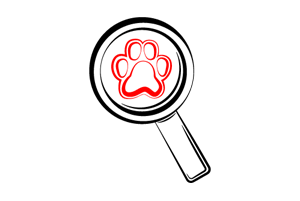 Find A Northern Inuit Breeder | 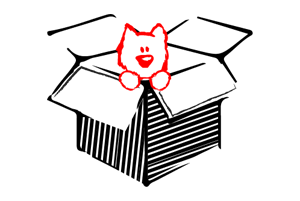 Northern Inuit Puppies For Sale | 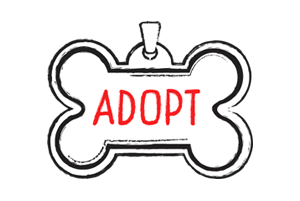 Adopt A Northern Inuit |
Cost
A Northern Inuit puppy will cost you somewhere between $200 and $800. It is unlikely that you will find this breed in a shelter, but if you do, you can expect to pay about $150 in adoption fees. You may be able to find this breed at a rescue. Adoption fees at rescues can cost as much as $300, and you may need to have a home check or inspection completed too.
When thinking about the cost of your puppy, you also need to figure in the cost of his or her care, supplies, food, and any emergencies that may arise. You should estimate an additional $1,000 to $2,000 per year to care for your puppy.
Paws ‘N’ Pups Ranking
Paws ‘N’ Pups ranks every breed out of 4 with 1 being easiest to integrate into your life and 4 being the toughest – The lower the ranking the better.
Ranking takes into account a few basic factors including cost, skill level needed, high vs low maintenance and how critical regular training is to success. The Northern Inuit is a beautiful dog that is easily recognized by its markings and appearance which closely resemble that of a wolf. This breed is a leader and makes for a good addition to the family as he or she is accepting of children and other pets. This breed ranks a 2.
Breeds Similar To Northern Inuit
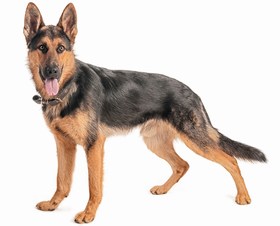 German Shepherd | 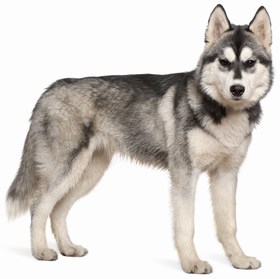 Siberian Husky | 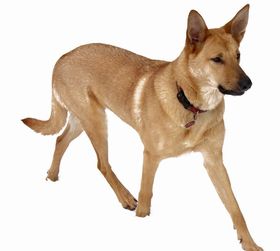 Chinook | 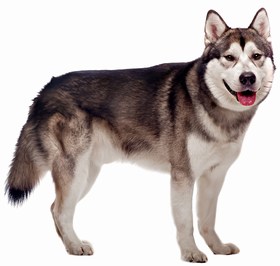 Alaskan Malamute |


